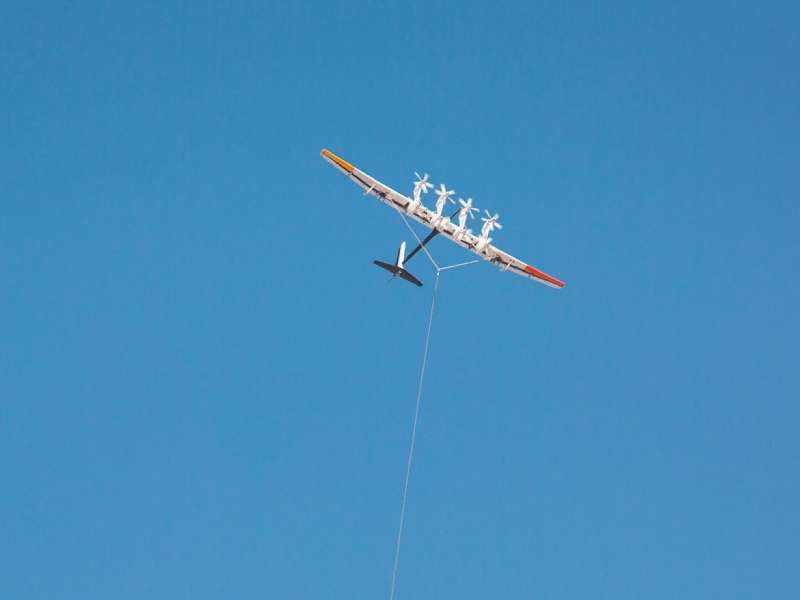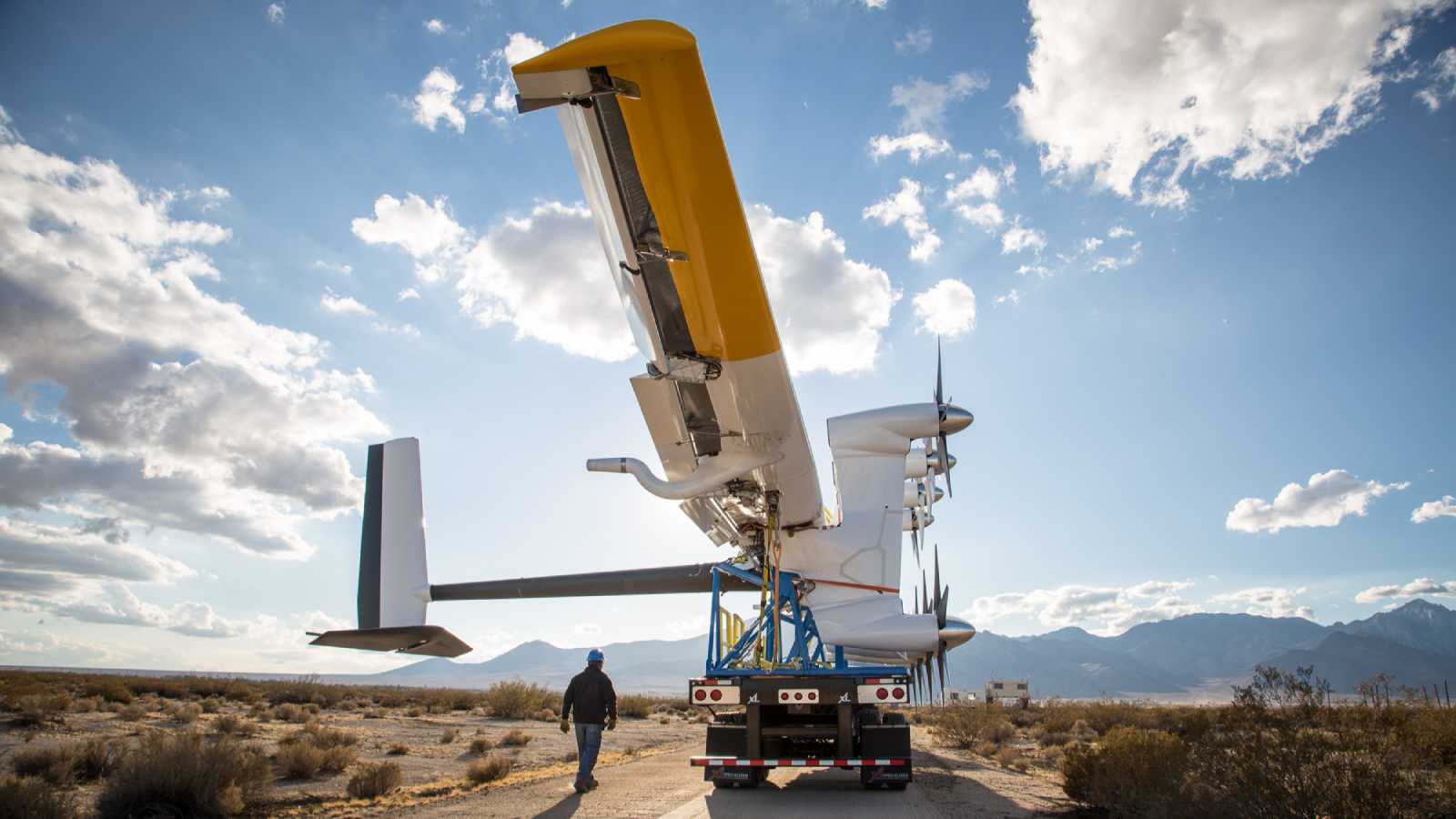Wind power is a widely used source of clean energy, but it has one major flaw – you can only generate power when the wind is actually blowing. When there’s no wind, there’s no power. But a growing number of companies believe the best way to avoid this problem is by going higher, where winds are stronger and more consistent. Could high-altitude generators be the answer to our energy problems?
Although the industry is growing, wind power currently only accounts for around 4% of the world’s electricity supply. But studies have shown that by going 500m higher, wind capacity is 100 times higher.
The end to expensive towers?
“Wind turbines have been getting bigger and bigger in a bid to access winds at high altitude,” explains says Udo Zillmann from trade association Airborne Wind Europe. “But that means huge, expensive towers.”
That’s why energy companies are experimenting with tethered drones fitted with mini wind turbines. Imagine them as hi-tech kites which can produce power and transmit it down to the surface. The lightweight drones require much less materials to manufacture, and can be lowered when needed – for example to let birds migrate or during emergencies.
Support from Google and Shell
A business called Makani – which is owned by the same people that own Google – is one of the companies working on a prototype. The current model is a large drone with a 26m wingspan. The wings are lined with turbines, and the drone flies in a loop while tethered to the ground. It is hoped that the final version can produce up to 600 kilowatts of electricity – enough to power around 300 homes.
Working with energy giant shell, Makani want to eventually deploy drones attached to floating buoys out at sea.

“We plan to mount Makani’s kite on a small spar buoy moored with a synthetic line and gravity anchor,” says the firm’s chief executive, Fort Felker.
“This is possible because Makani’s kites are 90% lighter than turbines of a similar power rating. It’s an exciting technical challenge.”
Putting the drones out at sea makes sense, Felker explains, because they can wonder up to 600m in every direction. “You need a huge area to operate even one device, which is one reason many companies are looking offshore.”
What next?
Each drone generates a relatively small amount of power when compared to traditional wind turbines. If they are to become viable, large drones ‘farms’ will become necessary. For now at least, drone power will most likely be used in conjunction with conventional wind turbines.


